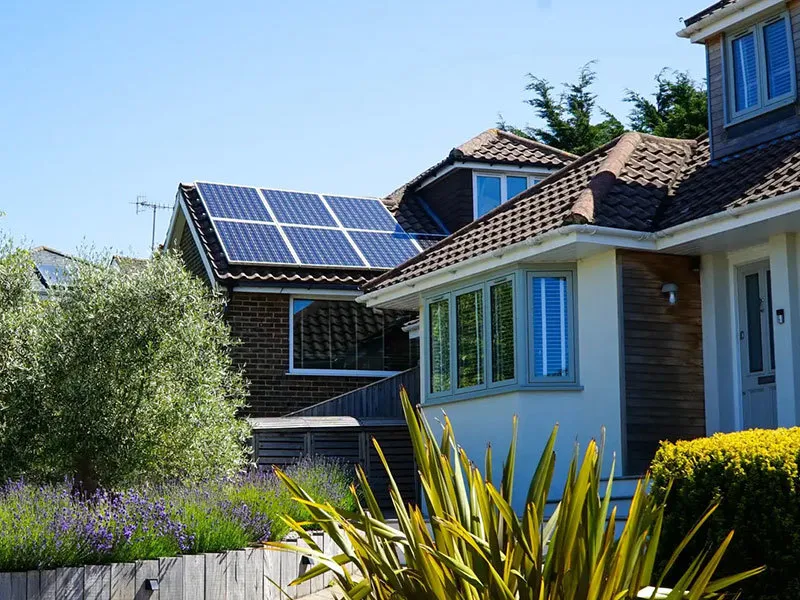Understanding Solar Power Inverters and Their Role in Energy Conversion
Understanding Solar Power Inverters The Heart of Solar Energy Systems
In recent years, the demand for renewable energy has soared as concerns about climate change and environmental sustainability have become increasingly pressing. Among the various renewable energy sources, solar power has emerged as a leading contender, particularly due to its scalability and accessibility. At the core of any solar energy system lies an essential component known as the solar power inverter. This article delves into the function, types, and benefits of solar power inverters.
What is a Solar Power Inverter?
A solar power inverter is a critical device that converts the direct current (DC) electricity generated by solar panels into alternating current (AC) electricity. Most home appliances and the electric grid operate on AC electricity, making this conversion essential for the practical use of solar energy. Without an inverter, the energy harvested from solar panels cannot be used to power homes, businesses, or fed back into the grid.
Types of Solar Power Inverters
There are several types of solar inverters available in the market today, each suited for different applications
1. String Inverters This is the most common type of inverter used in residential solar systems. In a string inverter setup, multiple solar panels are connected in series (like a string of lights). This configuration is cost-effective but can lead to reduced efficiency if one panel is shaded or underperforming, impacting the entire string.
2. Microinverters Instead of one central inverter, microinverters are installed on each solar panel. This allows for independent operation of each panel, maximizing energy production regardless of shading or differences in panel performance. Microinverters are known for their higher efficiency, especially in varied shading conditions, but they can be more expensive initially.
3. Power Optimizers These devices are similar to microinverters but function differently. Power optimizers are installed on each panel, but they connect to a central inverter. They optimize the DC output of each panel before sending it to the inverter for conversion to AC. This combination offers a balance between cost and efficiency.
solar power inverter

4. Hybrid Inverters These inverters can manage both solar input and energy storage systems (like batteries). Hybrid inverters are designed for solar-plus-storage systems, allowing users to store excess energy for later use, providing greater energy independence and reliability.
Why are Solar Power Inverters Important?
Solar power inverters play several critical roles in a solar energy system
1. Energy Conversion As previously mentioned, their primary function is to convert DC electricity to AC electricity, making it usable for homes and businesses.
2. Maximizing Energy Harvest Inverters play an important role in optimizing the performance of solar panels by utilizing Maximum Power Point Tracking (MPPT) technology. This allows the system to extract the maximum amount of energy from the solar array.
3. Monitoring and Safety Modern inverters come equipped with monitoring capabilities that allow users to track energy production in real-time. They also include safety features such as circuit protection, which helps prevent potential hazards.
4. Grid Interaction Solar inverters manage the interaction between the solar energy system and the grid. They ensure that the flow of electricity complies with grid regulations, allowing excess energy to be fed back into the grid, often providing financial incentives through net metering.
Conclusion
As the world continues to transition towards renewable energy, solar power inverters will play an increasingly vital role in the effectiveness and efficiency of solar energy systems. Understanding the different types of inverters and their functionalities can empower consumers to make informed decisions when investing in solar technology. By harnessing the power of the sun through effective inverter technology, we can move closer to a sustainable and eco-friendly future, significantly reducing our carbon footprint and reliance on fossil fuels. With continuous advancements in inverter technology, the journey towards clean energy is becoming more accessible, paving the way for a brighter, greener tomorrow.
-
Unlocking Energy Freedom with the Off Grid Solar InverterNewsJun.06,2025
-
Unlock More Solar Power with a High-Efficiency Bifacial Solar PanelNewsJun.06,2025
-
Power Your Future with High-Efficiency Monocrystalline Solar PanelsNewsJun.06,2025
-
Next-Gen Solar Power Starts with Micro Solar InvertersNewsJun.06,2025
-
Harnessing Peak Efficiency with the On Grid Solar InverterNewsJun.06,2025
-
Discover Unmatched Efficiency with the Latest String Solar InverterNewsJun.06,2025







